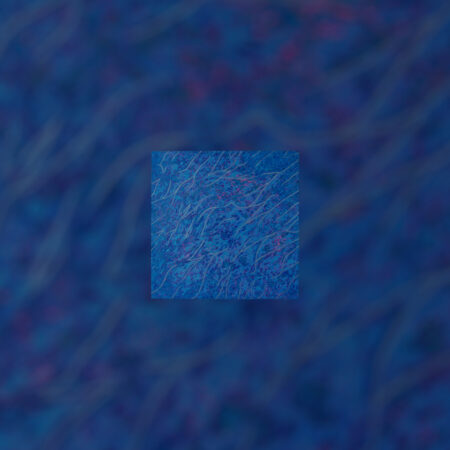The word "dynamism " is written on the upper half of a blackish washi paper and "stillness" on the lower half of a white one. This is a work
with the utmost consciousness of space. Dynamism simply emerges from the darkness and begins to move." Stillness", on the other hand,
takes sincere care of it. The kanji for "dynamism" is truly dynamic and that for "stillness" is at rest.
"Calligraphy" is an oriental form of modeling expressing the beauty of hand letters and the patterns of lives in jet black. The creation process starts right from the brush when the artist gives it life and willpower.
Energy is contained throughout the lifespan from the beginning until the end.
Art
Emerging from darkness, "Movement" begins now.
"Silence" follows, embracing it with unwavering core.

Artist
Intersection of Tradition and Innovation: The Path of Calligrapher Taijun Nagayama
Taijun Nagayama
Started taking calligraphy lessons at the age of 4. When he turned 22, he received the Certificate of Master of Calligraphy and was given his art name, Taijun. He trained under calligrapher Kansho Miyashita and became fully active as a professional calligrapher. While adhering to an authentic style of Japanese calligraphy that respects tradition, he values adding new sensibilities to the solid foundation of Japanese calligraphy that has been established over centuries. In this way, he has been creating innovative and original works. Nagayama continues to express the inherent beauty of the Japanese people through the medium of calligraphy.

Art Style
Seeking both adherence to tradition and ways to break its rules to the extreme,
aiming to create the calligraphy of the next generation.
Calligraphy
He writes the character “dragon” like a dragon, and the character “butterfly” like a butterfly.
This is because Taijun Nagayama places great importance on writing characters that cut to the essence of all things, like the characteristics of a person or a thing. Listening well, feeling deeply, and using his whole body, he expresses the characters with a strong passion. Nagayama says that his greatest joy is when his works give people the opportunity to confront themselves, leading to opening up their lives. Valuing each encounter more than anything else, he continues to create calligraphy works that are unique to a certain moment in a certain relationship, both in terms of stillness and movement. He hopes to create the next generation calligraphy by uncompromisingly pursuing the code and, at the same time, how to break it, while valuing adding new sensibilities to the solid foundation of Japanese calligraphy that has been established over centuries. Taking it one step ahead, he is creating works to further communicate and spread the culture of calligraphy, the pride of Japan, throughout the world.
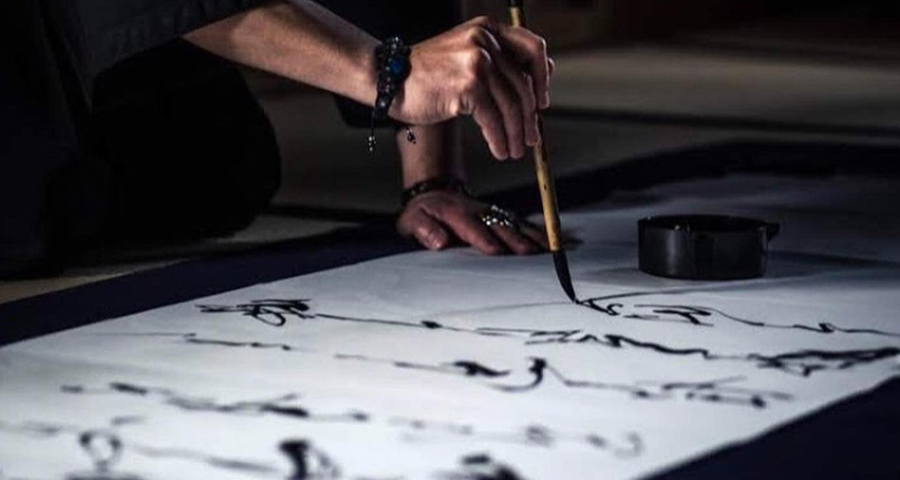
Roots
Eastern visual art that seeks to express the beauty of characters through writing.
The Eastern style calligraphy is an oriental formative art that attempts to express the beauty of characters through the act of writing. It was introduced to Japan from China in ancient times. When Buddhism was introduced to Japan around the 6th and 7th century, calligraphy spread in the country as many people began copying the Buddhist sutras. Later on, calligraphy took a unique path in Japan with the integration of Chinese characters (kanji) and Japanese characters. Among the excellent calligraphers called noshoka, Emperor Saga, Kukai, and Tachibana no Hayanari are particularly famous, being referred to as sanpitsu (literally translated as “the three brushes”) since the end of 8th century. The three other highly recognized noshoka are Ono no Michigaze, Fujiwara no Sukemasa, and Fujiwara no Yukinari, who are referred to as sanseki (literally translated as “the three brush traces”). In this way, the Japanese calligraphy was established as a form of art.
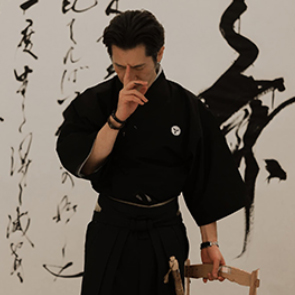

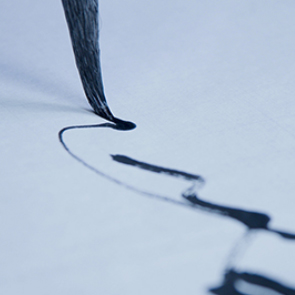
特集記事一覧

Connecting People and Tradition through Dyeing

Exploring the Charms of Miyazu City, Kyoto Prefecture

A Hidden Gem of Otsuki City: Experience Guide to Enjoy with Mount Fuji

A Heartwarming Journey through a Treasure Trove of Nature and History

Experiencing History and Inherited Memories in Asuka Village

Discover! The Charm of Miki City
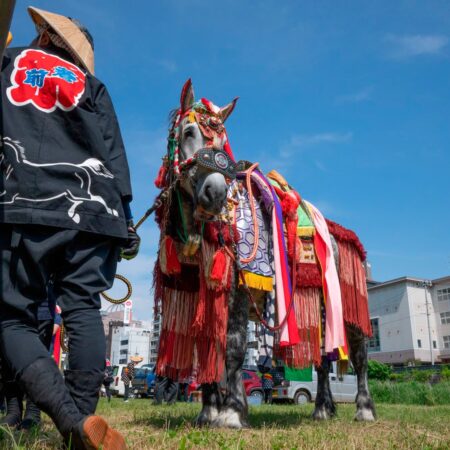
The Enchanting City of Morioka

Discovered! Exciting in Tokushima and Naruto City

